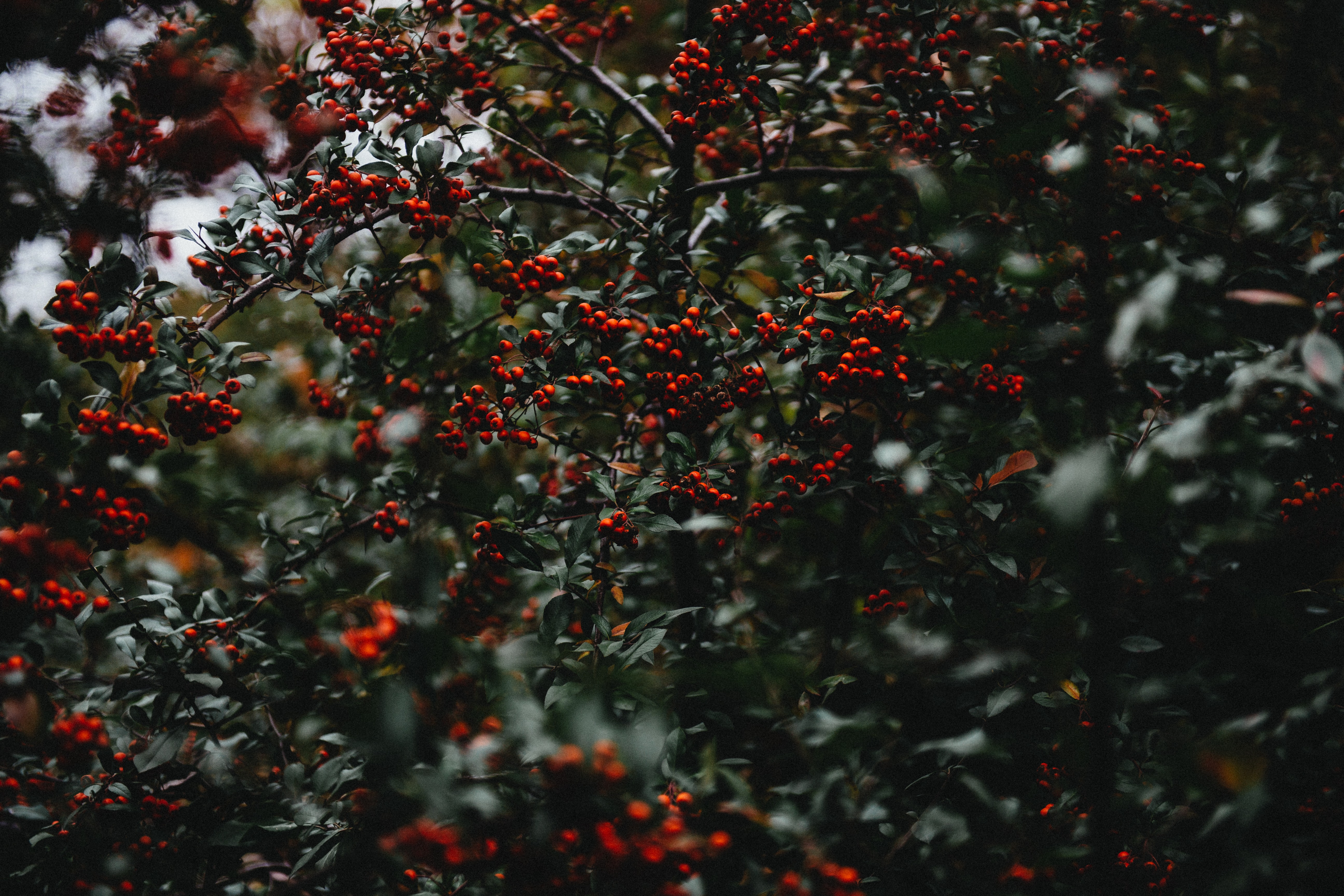Dryad
Dryads are members of the Fae.
BIOLOGICAL TRAITS
Dryads have a humanoid appearance in body shape with a few very distinct differences. Their skin resembles the bark of a tree; primarily that of the tree to which they are attuned. Their hair has the appearance of vines or other symbiotic plants that live in harmony with their attuned tree.ADDITIONAL REQUIREMENTS
Dryads require additional care for their skin as the sun and weather damage can cause splitting and peeling of the skin. A condition which is very painful for a dryad. As the skin cracks and peels, it can fall off in long strips, leaving the exposed flesh overly sensitive to any damage. Dryads prefer to use flower-scented oils for their skin.Culture
Culture and cultural heritage
Dryads celebrate the season but in a different way than the drus. In this, they have five celebrations; birth, maiden, mother, crone, and passing.
Birth is the celebration of life which does not usually occur until the young dryad is about a year old.
Maiden is the celebration of coming of age, this is anywhere from one hundred ninety to two hundred ten.
Mother is the celebration of childbirth for the first time.
Crone is the celebration of attaining the winter of life. Even in the winter of life a dryad can still give birth.
Passing is the celebration of the life of one who has been released from their mortal coil in preparation of rebirth.
Shared customary codes and values
Like the Drus, dryads tend to nature and the balance. Unlike the drus, they prefer to work with flowers and herbs. Preferring the small creatures like birds and bees who depend upon seeds, berries, and nectar.
Common Etiquette rules
One does not simply tell a dryad to get dressed. This is tantamount to telling someone else to put on a heavy jacket while walking across the scorching sands of a desert at high noon. If the need arises for a dryad to wear clothing such as the embarrassment of another or common etiquette for another ethnicity or race, asking politely is the best way to achieve this goal.
Common Dress code
Unlike the drus, dryads prefer to be sunclad unless it is important to put on clothing. When this happens they prefer to wear diaphanous shifts. Dryads like the drus, gather a good portion of their nutrients from the light of the sun.
Common Customs, traditions and rituals
Dryads, like drus, celebrate the turning of the seasons. Each of the four seasons comes with a degree of difficulty. As the tree with which they are bonded go through a specific cycle during the year so too does a dryad.
Winter finds them in a perpetual state of exhaustion while their trees have become dormant.
Spring finds them with renewed energy as their trees return to the growing season.
Summer finds them full of life and joyeux do vivre as their trees fill out and prosper.
Autumn finds them slowing down and eating more than usual in preparation for when their trees return to dormancy.
Their lives are similarly divided into seasons. Birth to two hundred fifty is considered the spring of life. Two hundred fifty-one to about five hundred is their summer. Five hundred one to seven hundred fifty is the autumn for them where the fruits of their loins are treasured and raised. Finally, there is seven hundred fifty-one until their passing which is referred to as the winter of life.
Birth & Baptismal Rites
At birth, they carry a seed in their mouth. These seeds are planted in or near the family garden. Before the tree grows too large it is then transplanted to her own private garden, where she is expected to tend it herself.
There are four different types of seeds which a dryad may carry; willow, alder, birch, and holly. It is customary not to name a dryad until her seed has sprouted and survived for at least a year. The care taken to ensure a strong tree is also the care that is needed to raise a dryad from podling to sprout.
Coming of Age Rites
A young dryad comes of age when she first begins to ovulate. Dryads don't start ovulating until they are close to two hundred years of age. At this point, they are taken out to a cave where they are greeted by others who are in the same time of life as she is or those who have passed through this rite but haven't progressed to the elderly rank of crone yet.
They spend this first cycle in seclusion from others, learning the Women's Mysteries.
Funerary and Memorial customs
When a dryad passes she is buried in the center of her garden. It is her final gift to the world which nourished her it is now her turn to nourish the plants she tended in life. They consider it to be an honour to complete the circle of life.
Encompassed species
Related Organizations
Related Locations





I like how dryads are similar to the drus, but also different. I like the different stages of life.